Nanostructured TiNi Wires for Textile Implants: Optimization of Drawing Process by Means of Mechano-Chemical Treatment
Abstract
1. Introduction
2. Materials and Methods
2.1. Material Preparation Technology
2.2. Material Modification Technology
2.3. Characterization
2.3.1. Sample Preparation
2.3.2. X-Ray Diffraction Analysis (XRD)
2.3.3. Scanning Electron Microscopy (SEM)
2.3.4. Transmission Electron Microscopy (TEM)
2.3.5. Stress–Strain Behavior
3. Results and Discussion
4. Conclusions
Author Contributions
Funding
Institutional Review Board Statement
Informed Consent Statement
Data Availability Statement
Acknowledgments
Conflicts of Interest
References
- Otsuka, K.; Ren, X. Physical metallurgy of Ti–Ni—Based shape memory alloys. Prog. Mater. Sci. 2005, 50, 511–678. [Google Scholar] [CrossRef]
- Potekaev, A.I.; Klopotov, A.A.; Kulagina, V.V.; Solov’eva, Y.V.; Anikeev, S.G. Alloys Based on TiNi in Pre-Transition Low-Stability States; Springer: Berlin/Heidelberg, Germany, 2024; 284p. [Google Scholar] [CrossRef]
- Lobodyuk, V.A.; Estrin, E.I. Martensitic Transformation; Cambridge International Science Publishing Ltd.: Cambridge, UK, 2014. [Google Scholar]
- Bansiddhi, A.; Sargeant, T.D.; Stupp, S.I.; Dunand, D.C. Porous NiTi for bone implants: A review. Acta Biomater. 2008, 4, 773–782. [Google Scholar] [CrossRef] [PubMed]
- Elahinia, M.; Tabesh, M.; Hashemi, M.; Bhaduri, S.B. Manufacturing and processing of TiNi implants: A review. Prog. Mater. Sci. 2012, 57, 911–946. [Google Scholar] [CrossRef]
- Kondoh, K.; Umeda, J.; Soba, R.; Tanabe, Y. Advanced TiNi shape memory alloy stents fabricated by a powder metallurgy route. In Titanium in Medical and Dental Applications; Woodhead Publishing Series in Biomaterials; Woodhead Publishing: Cambridge, UK, 2018; pp. 583–590. [Google Scholar] [CrossRef]
- Anikeev, S.G.; Artyukhova, N.V.; Shabalina, A.V.; Kulinich, S.A.; Hodorenko, V.N.; Kaftaranova, M.I.; Promakhov, V.V.; Gunter, V.E. Preparation of porous TiNi-Ti alloy by diffusion sintering method and study of its composition, structure and martensitic transformations. J. Alloys Compd. 2022, 900, 163559. [Google Scholar] [CrossRef]
- Anikeev, S.G.; Shabalina, A.V.; Kulinich, S.A.; Artyukhova, N.V.; Korsakova, D.R.; Yakovlev, E.V.; Vlasov, V.A.; Kokorev, O.V.; Hodorenko, V.N. Preparation and electron-beam surface modification of novel TiNi material for medical applications. Appl. Sci. 2021, 11, 4372. [Google Scholar] [CrossRef]
- Gucu, A.; Toktas, F.; Eris, C.; Ata, Y.; Turk, T. Nitinol thermoreactive clips for secondary sternal closure in cases of noninfective sternal dehiscence. Texas Heart Inst. J. 2012, 39, 513–516. [Google Scholar]
- Oshida, Y.; Tominaga, T. Nickel-Titanium Materials. Biomedical Applications; De Gruyter: Berlin, Germany, 2020. [Google Scholar] [CrossRef]
- Anikeev, S.G.; Hodorenko, V.N.; Kaftaranova, M.I.; Shabalina, A.V.; Artyukhova, N.V.; Terletskaya, E.N.; Kulinich, S.A.; Pakholkina, S.; Bolshevich, E.A.; Medvedev, Y.A. Porous TiNi material manufactured via self-propagating high-temperature synthesis (SHS) and chemical treatment for ophthalmological implants. Mater. Today Commun. 2024, 40, 110071. [Google Scholar] [CrossRef]
- Jani, J.M.; Leary, M.; Subic, A.; Gibson, M.A. A review of shape memory alloy research, applications and opportunities. Mater. Des. 2014, 56, 1078–1113. [Google Scholar] [CrossRef]
- Cai, S.; Jin, Z.; Zeng, P.; Yang, L.X.; Yan, Y.; Wang, Z.M. Structural optimization and in vivo evaluation of a colorectal stent with anti-migration and anti-tumor properties. Acta Biomater. 2022, 154, 123–134. [Google Scholar] [CrossRef]
- Anikeev, S.G.; Kaftaranova, M.I.; Hodorenko, V.N.; Ivanov, S.D.; Artyukhova, N.V.; Shabalina, A.V.; Kulinich, S.A.; Slizovsky, G.V.; Mokshin, A.V.; Gunther, V.E. TiNi-based material with shape-memory effect for surgical treatment of diseases of small intestine in newborn and young children. J. Funct. Biomater. 2023, 14, 155. [Google Scholar] [CrossRef]
- Gall, K.A.; Tyber, J.A.; Pacaccio, D.J. Osteosynthetic Implants and Methods of Use and Manufacture. U.S. Patent No. 7985222B2, 21 April 2005. [Google Scholar]
- Phukaoluan, A.; Khantachawana, A.; Kaewtatip, P.; Dechkunakorn, S.; Anuwongnukroh, N.; Santiwong, P.; Kajornchaiyakul, J. Comparison of friction forces between stainless orthodontic steel brackets and TiNi wires in wet and dry conditions. Int. Orthod. 2017, 15, 13–24. [Google Scholar] [CrossRef] [PubMed]
- Saito, S.; Wachi, T.; Hanada, S. A new fabrication process of TiNi shape memory wire. Mater. Sci. Eng. A 1993, 161, 91–96. [Google Scholar] [CrossRef]
- Tsuchiya, K.; Hada, Y.; Koyano, T.; Nakajima, K.; Ohnuma, M.; Koike, T.; Todaka, Y.; Umemoto, M. Production of TiNi amorphous/nanocrystalline wires with high strength and elastic modulus by severe cold drawing. Scr. Mater. 2009, 60, 749–752. [Google Scholar] [CrossRef]
- Gunther, S.V.; Anikeev, S.G.; Kim, J.S.; Monogenov, A.N.; Gunther, V.E. The technology of the manufacturing thin wire of TiNi-based alloys by using infrared radiation. KnE Mater. Sci. 2017, 2, 88–97. [Google Scholar] [CrossRef]
- Kaieda, Y. Fabrication of composition-controlled TiNi shape memory wire using combustion synthesis process and the influence of Ni content on phase transformation behavior. Sci. Technol. Adv. Mater. 2003, 4, 239–246. [Google Scholar] [CrossRef]
- Kang, S.B.; Yoon, K.S.; Kim, J.S.; Nam, T.H.; Gjunter, V.E. In vivo result of porous TiNi shape memory alloy: Bone response and growth. Mater. Trans. 2002, 43, 1045–1048. [Google Scholar] [CrossRef]
- Simonovich, A.E.; Fomichev, N.G. Porous TiNi implants in surgery of spine degenerative diseases. KnE Mater. Sci. 2017, 2, 334–342. [Google Scholar] [CrossRef]
- Kokorev, O.V.; Hodorenko, V.N.; Chekalkin, T.L.; Kim, J.S.; Kang, S.B.; Dambaev, G.T.; Gunther, V.E. In vitro and in vivo evaluation of porous TiNi-based alloy as a scaffold for cell tissue engineering. Artif. Cells Nanomed. Biotechnol. 2016, 44, 704–709. [Google Scholar] [CrossRef]
- Shabalina, A.V.; Anikeev, S.G.; Kulinich, S.A.; Artyukhova, N.V.; Vlasov, V.A.; Kaftaranova, M.I.; Hodorenko, V.N.; Yakovlev, E.V.; Pesterev, E.A.; Lukyanenko, A.V.; et al. Combined porous-monolithic TiNi materials surface-modified with electron beam for new-generation rib endoprostheses. J. Funct. Biomater. 2023, 14, 277. [Google Scholar] [CrossRef]
- Zhu, J.; Zeng, Q.; Fu, T. An updated review on TiNi alloy for biomedical applications. Corros. Rev. 2019, 37, 539–552. [Google Scholar] [CrossRef]
- Manivasagam, G.; Dhinasekaran, D.; Rajamanickam, A. Biomedical implants: Corrosion and its prevention—A review. Recent Pat. Corros. Sci. 2010, 2, 40–54. [Google Scholar] [CrossRef]
- Denisenko, V.; Gain, Y.M.; Buhtarevich, S.P.; Rubanik, V.V.; Rubanik, V.; Tomchina, A.V.; Erushevich, A.V.; Shkudnov, A.A.; Shappo, G.M.; Veremey, Y.I.; et al. Application of self-expanding titanium nickelide stents of Belorussian manufacture in the treatment of stenotic colorectal cancer. Endosk. Khirurgiya 2017, 23, 15. [Google Scholar] [CrossRef]
- Lima Miranda, R.; Zamponi, C.; Quandt, E. Fabrication of TiNi thin film stents. Smart Mater. Struct. 2009, 18, 104010. [Google Scholar] [CrossRef]
- Moravej, M.; Mantovani, D. Biodegradable metals for cardiovascular stent application: Interests and new opportunities. Int. J. Mol. Sci. 2011, 12, 4250–4270. [Google Scholar] [CrossRef]
- Filip, P.; Lausmaa, J.; Musialek, J.; Mazanec, K. Structure and surface of TiNi human implants. Biomaterials 2001, 22, 2131–2138. [Google Scholar] [CrossRef]
- Artyukhova, N.; Yasenchuk, Y.; Chekalkin, T.; Gunther, V.; Kim, J.S.; Kang, J.H. Structure and properties of porous TiNi(Co, Mo)-based alloy produced by reaction sintering. Smart Mater. Struct. 2016, 25, 107003. [Google Scholar] [CrossRef]
- Radkevich, A.; Gantimurov, A.; Zhiglov, N.; Podgorny, V.; Zhiglov, D.; Zhiglov, A.; Gunther, V. Application of TiNi Dental Implants With Permeable Porosity in Patients Rehabilitation with Different Adentia Options. KnE Mater. Sci. 2017, 2, 211–218. [Google Scholar] [CrossRef]
- Olesov, E.; Bronstein, D.; Lerner, A.; Zaslavsky, R.; Shmatov, K. Electrochemical Interaction of TiNi-Based Implant With Overlay Denture. KnE Mater. Sci. 2017, 2, 448–452. [Google Scholar] [CrossRef]
- Vautrin, A.; Aw, J.; Attenborough, E.; Varga, P. Fatigue life of 3D-printed porous titanium dental implants predicted by validated finite element simulations. Front. Bioeng. Biotechnol. 2023, 11, 1240125. [Google Scholar] [CrossRef]
- Gil, F.J.; Planell, J.A. Effect of copper addition on the superelastic behavior of Ni-Ti shape memory alloys for orthodontic applications. J. Biomed. Mater. Res. 1999, 48, 682–688. [Google Scholar] [CrossRef]
- Shvedova, M.; Dambaev, G.; Vusyk, A.; Skidanenko, V.; Anfinogenova, Y. TiNi-Based Mesh Implant Sternal Resynthesis in Patients With Postoperative Sterno-Mediastinitis. KnE Mater. Sci. 2017, 2, 273–279. [Google Scholar] [CrossRef]
- Abd-Elaziem, W.; Mohammed, M.M.; Yehia, H.M.; Sebaey, T.A.; Khan, T. Porous titanium for medical implants. Multidiscip. Mater. Chron. 2024, 1, 1–18. [Google Scholar] [CrossRef]
- Chen, J.; Chen, L.; Li, W.; Swain, M.; Li, Q. Porous Titanium Implant and Micro-CT Based Characterization of Sub-Surface Morphology. In Proceedings of the 8th Pacific Rim International Congress on Advanced Materials and Processing, Waikoloa, HI, USA, 4–9 August 2013; pp. 1579–1586. [Google Scholar]
- Khmelevskaya, I. Medical applications of TiNi-based shape memory alloys in Russia. In Proceedings of the Scientific Proceedings of IX International Congress “Machines, Technologies, Materials”, Varna, Bulgaria, 19–21 September 2012; Volume 3, pp. 68–71. [Google Scholar]
- Birleanu, C.; Pustan, M.; Cioaza, M.; Molea, A.; Popa, F.; Contiu, G. Effect of TiO2 nanoparticles on the tribological properties of lubricating oil: An experimental investigation. Sci. Rep. 2022, 12, 5201. [Google Scholar] [CrossRef] [PubMed]
- Ng, C.W.; Mahmud, A.S.; Ahmad, M.N.; Razali, M.F.; Liu, Y. Estimation of titanium oxide layer thickness on thermally oxidized NiTi alloy based on color variations. Materialwiss. Werkstofftech. 2022, 53, 47. [Google Scholar] [CrossRef]
- Ashby, M.F. Materials Selection in Mechanical Design, 1st ed.; Butterworth-Heinemann: Oxford, UK, 2011; 646p. [Google Scholar]
- Bhagyaraj, J.; Ramaiah, K.V.; Saikrishna, C.N.; Bhaumik, S.K.; Gouthama. Behaviour and effect of Ti2Ni phase during processing of NiTi shape memory alloy wire from cast ingot. J. Alloys Compd. 2013, 581, 344–351. [Google Scholar] [CrossRef]
- Mahmud, A.; Wu, Z.; Zhang, J.; Liu, Y.; Yang, H. Surface oxidation of NiTi and its effects on thermal and mechanical properties. Intermetallics 2018, 103, 52–62. [Google Scholar] [CrossRef]
- Satow, T.; Isano, T.; Honma, T. The high temperature oxidation of intermetallic compound TiNi. J. Jpn. Inst. Met. 1974, 38, 242–246. (In Japanese) [Google Scholar] [CrossRef][Green Version]
- Chu, C.L.; Wu, S.K.; Yen, Y.C. Oxidation behavior of equiatomic TiNi alloy in high temperature air environment. Mater. Sci. Eng. A 1996, 216, 193–200. [Google Scholar] [CrossRef]
- Firstov, G.S.; Vitchev, R.G.; Kumar, H.; Blanpain, B.; Van Humbeeck, J. Surface oxidation of NiTi shape memory alloy. Biomaterials 2002, 23, 4863–4871. [Google Scholar] [CrossRef]
- Zhou, Y.C.; Wang, X.H.; Sun, Z.M.; Chena, S.Q. Electronic and structural properties of the layered ternary carbide Ti3AlC2. J. Mater. Chem. 2001, 11, 2335–2339. [Google Scholar] [CrossRef]
- Ye, H.Z.; Liu, R.; Li, D.Y.; Eadie, R. Development of a new wear-resistant material: TiC/TiNi composite. Scr. Mater. 1999, 41, 1039–1045. [Google Scholar] [CrossRef]
- Mari, D.; Dunand, D.C. NiTi and NiTi-TiC composites: Part 1. transformation and thermal cycling behavior. Met. Mater. Trans. A 1995, 26, 2833–2847. [Google Scholar] [CrossRef]
- Valiev, R.Z.; Raab, G.J.; Botckin, A.V.; Dubinina, S.V. Ultra-fine grained metals and alloys receprion with plastic deformation methods: New points of view at technologies wworking up. Izv. Ferr. Metal. 2012, 55, 54–57. (In Russian) [Google Scholar] [CrossRef][Green Version]
- Valiev, R.Z.; Estrin, Y.; Horita, Z.; Langdon, T.G.; Zechetbauer, M.J.; Zhu, Y.T. Producing bulk ultrafine-grained materials by severe plastic deformation. JOM 2006, 58, 33–39. [Google Scholar] [CrossRef]
- Khmelevskaya, I.Y.; Karelin, R.D.; Prokoshkin, S.D.; Andreev, V.A.; Yusupov, V.S.; Perkas, M.M.; Prosvirnin, V.V.; Shelest, A.E.; Komarov, V.S. Effect of the quasi-continuous equal-channel angular pressing on the structure and functional properties of Ti–Ni-based shape-memory alloys. Phys. Met. Metallogr. 2017, 118, 279–287. [Google Scholar] [CrossRef]
- Karelin, R.; Komarov, V.; Khmelevskaya, I.; Cherkaso, V.; Andreev, V.; Yusupov, V.; Prokoshkin, S. Effect of temperature-deformation regimes of equal channel angular pressing in core-shell mode on the structure and properties of near-equiatomic titanium nickelide shape memory alloy. J. Alloys Compd. 2024, 1005, 176071. [Google Scholar] [CrossRef]
- El-Eskandarany, M.S.; Al-Hazza, A.; Al-Hajji, L.A.; Ali, N.; Al-Duweesh, A.A.; Banyan, M.; Al-Ajmi, F. Mechanical milling: A superior nanotechnological tool for fabrication of nanocrystalline and nanocomposite materials. Nanomaterials 2021, 11, 2484. [Google Scholar] [CrossRef]
- Lotkov, A.; Grishkov, V.; Timkin, V.; Baturin, A.; Zhapova, D. Yield stress in titanium nickelide-based alloys with thermoelastic martensitic transformations. Mater. Sci. Eng. A. 2019, 744, 74–78. [Google Scholar] [CrossRef]
- Rajagopalan, S.; Little, A.L.; Bourke, M.A.M.; Vaidyanathan, R. Elastic modulus of shape-memory NiTi from in situ neutron diffraction during macroscopic loading, instrumented indentation, and extensometry. Appl. Phys. Lett. 2005, 86, 081901. [Google Scholar] [CrossRef]
- Qiu, S.; Clausen, B.; Padula II, S.A.; Noebe, R.D.; Vaidyanathan, R. On elastic moduli and elastic anisotropy in polycrystalline martensitic NiTi. Acta Mater. 2011, 59, 5055–5066. [Google Scholar] [CrossRef]
- Li, K.F.; Li, M.; Zhao, Y.; Shan, W.K.; Cao, Y.; Guo, D. Achieving ultralow elastic modulus in TiNi alloy by controlling nanoscale martensite phase. Mater. Lett. 2018, 233, 282–285. [Google Scholar] [CrossRef]
- Dagdelen, F.; Ercan, E. The surface oxidation behavior of Ni–45.16%Ti shape memory alloys at different temperatures. J. Therm. Anal. Calorim. 2014, 115, 561–565. [Google Scholar] [CrossRef]
- Guryanov, G.N. Methods for determining the coefficient of friction during drawing of a round solid profile. Zavod. Lab. Diagn. Mater. 2016, 82, 60–68. Available online: https://www.zldm.ru/jour/article/view/293/294 (accessed on 1 January 2025).
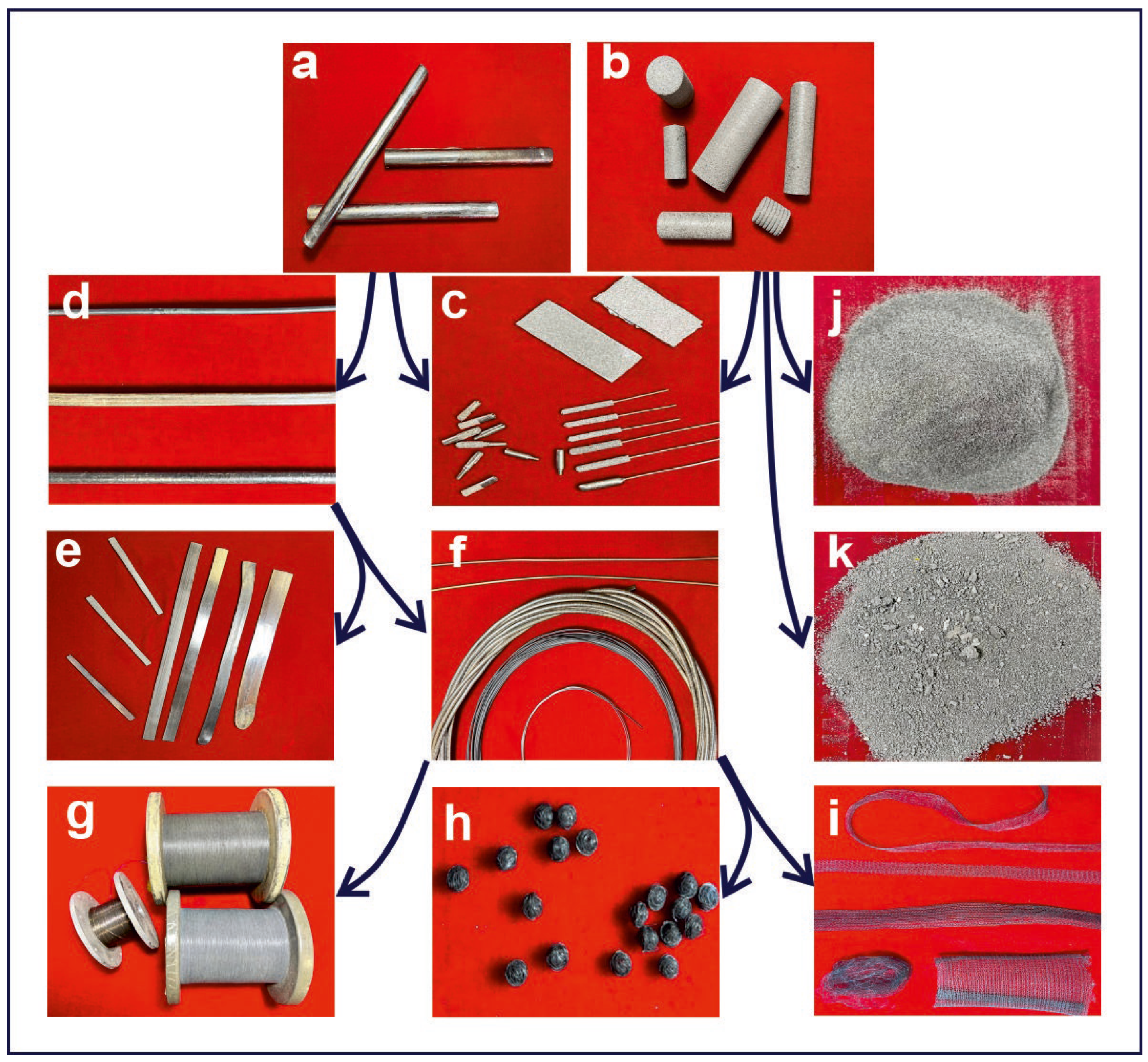
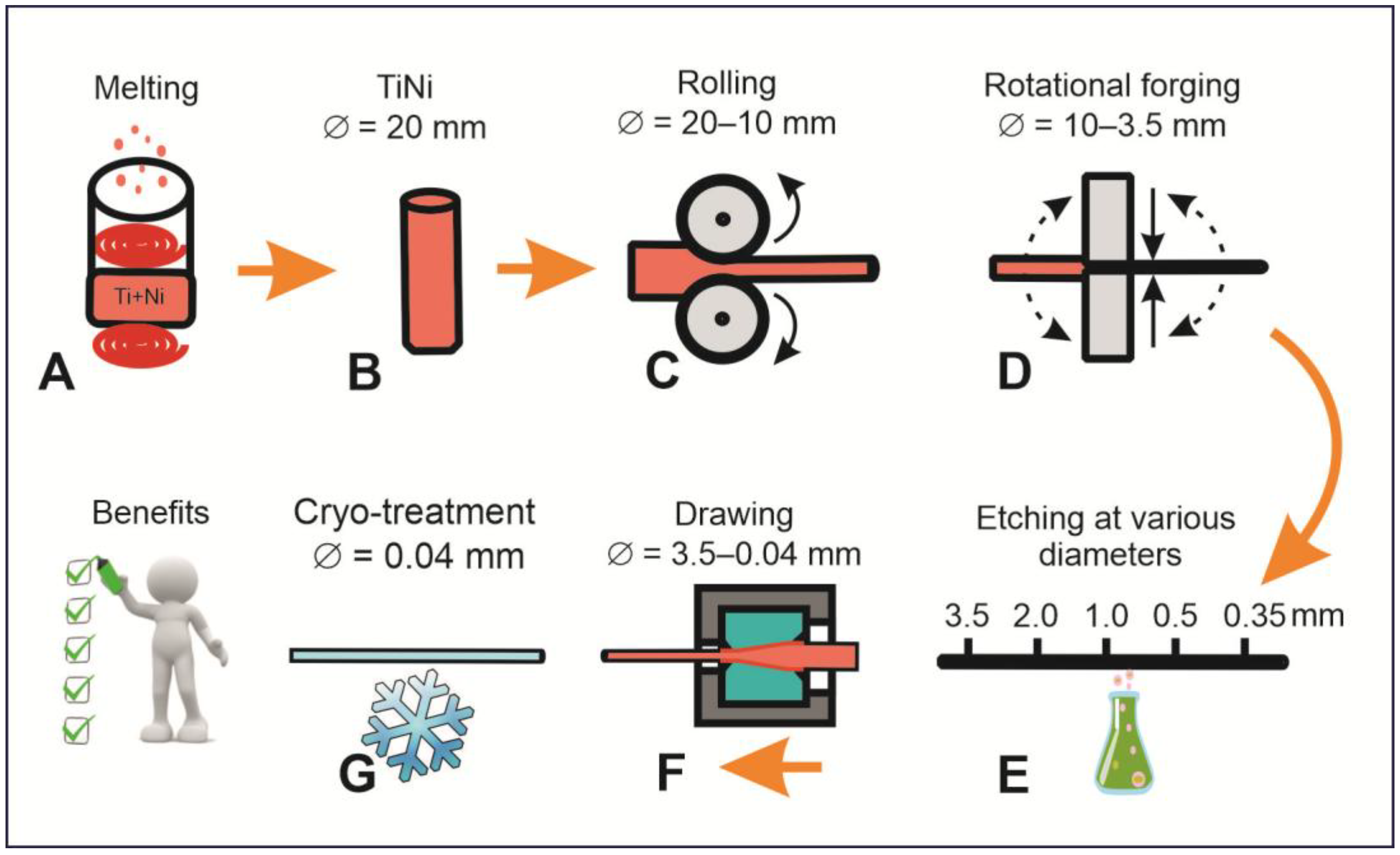


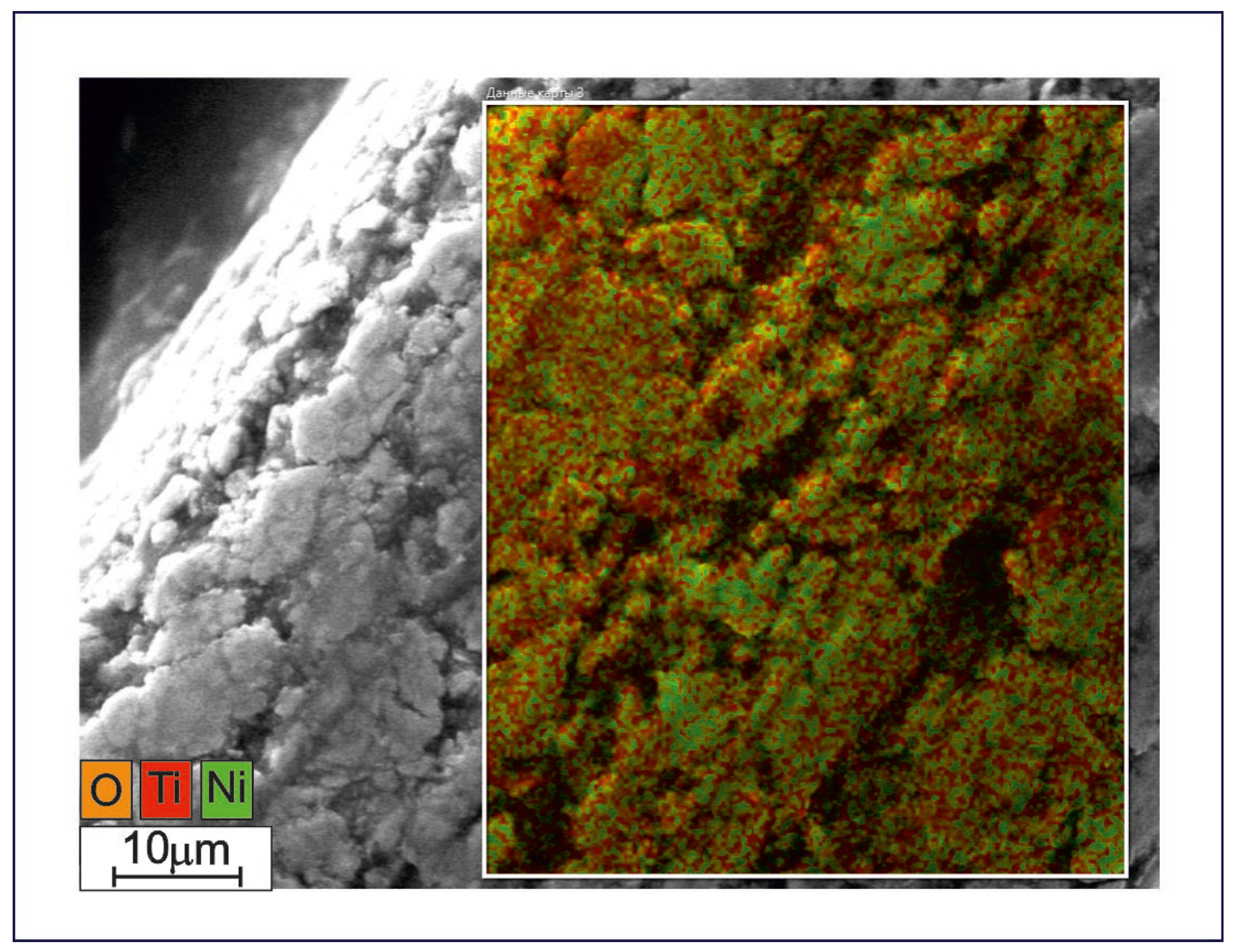
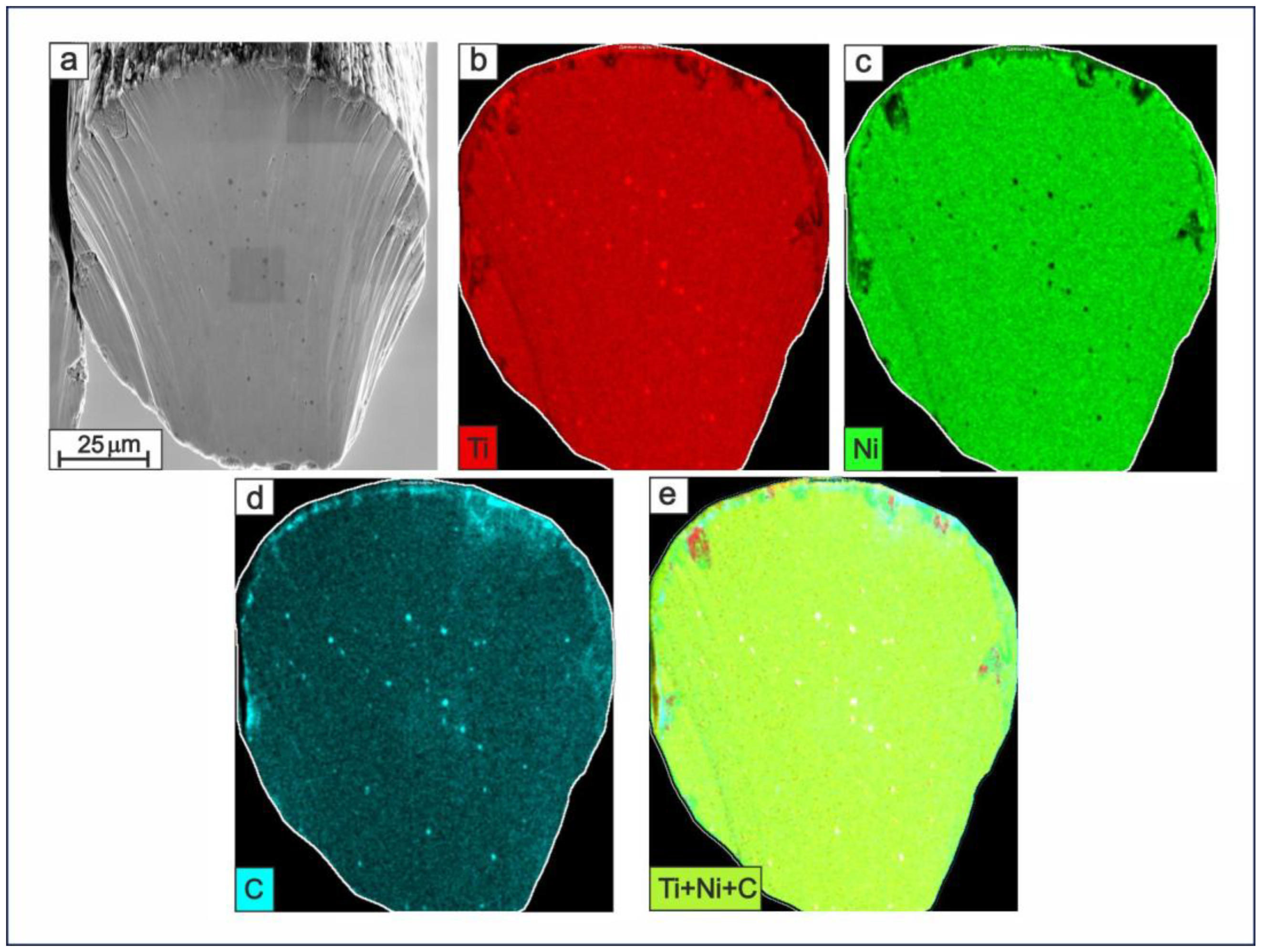
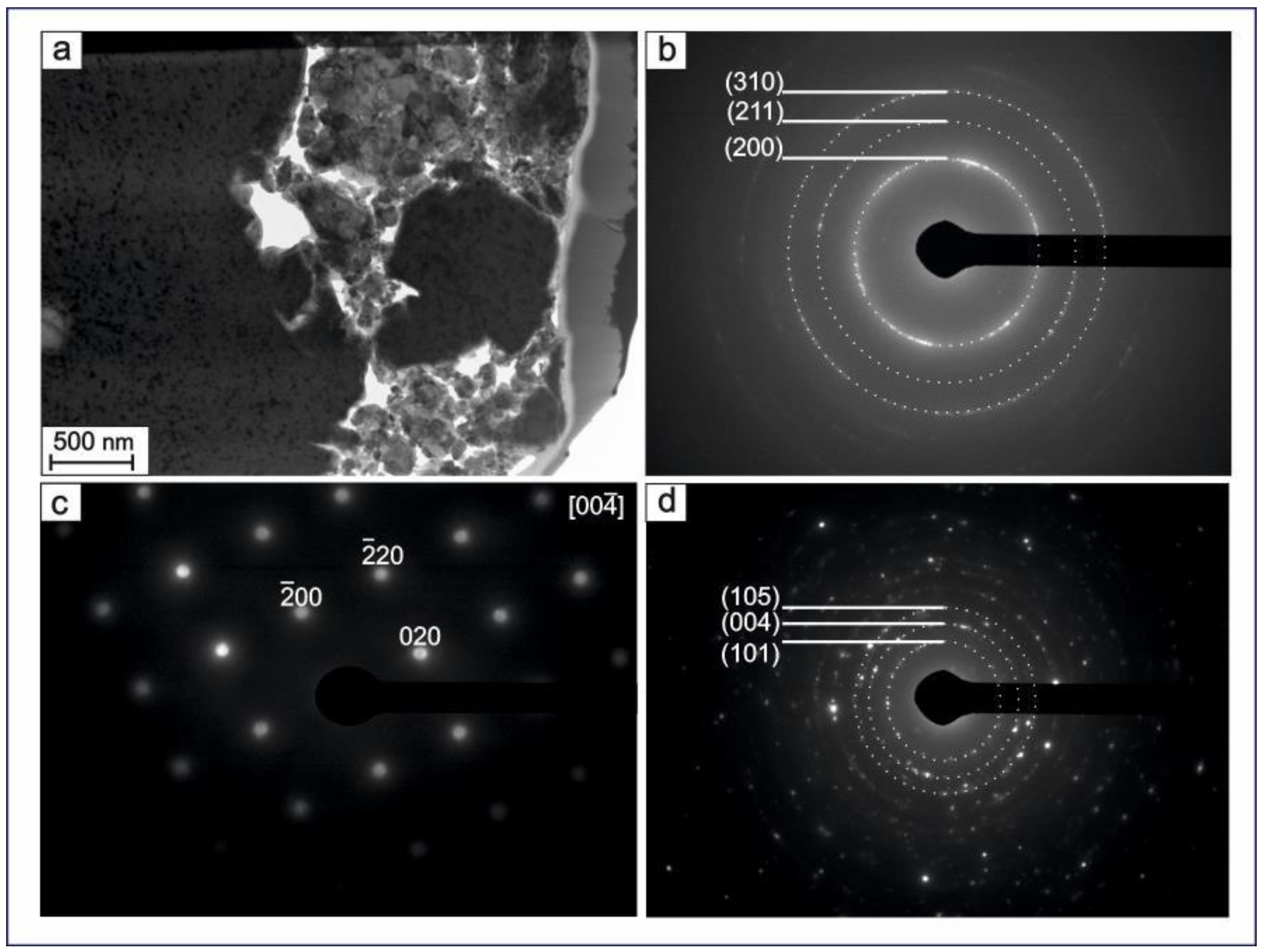
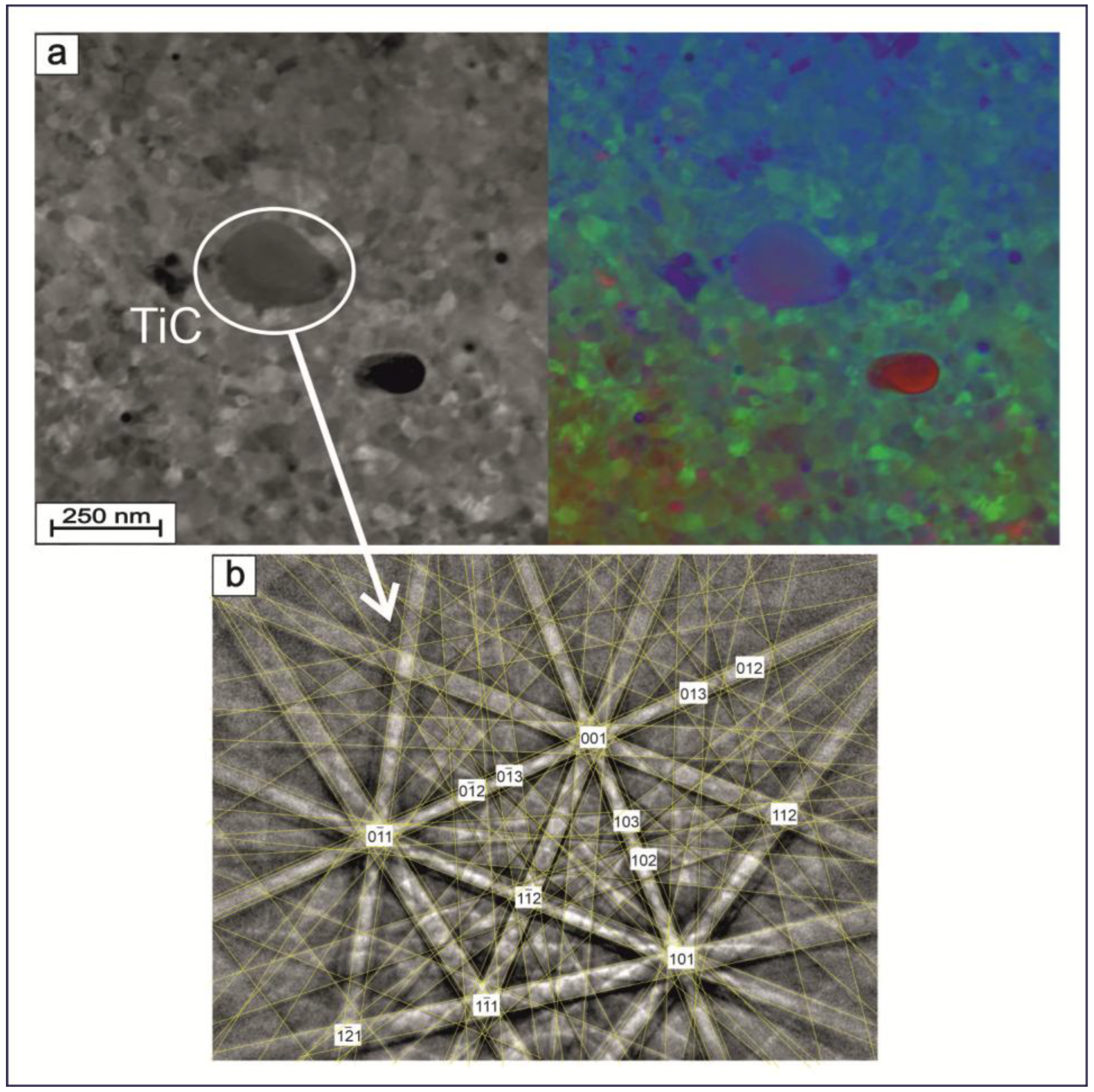
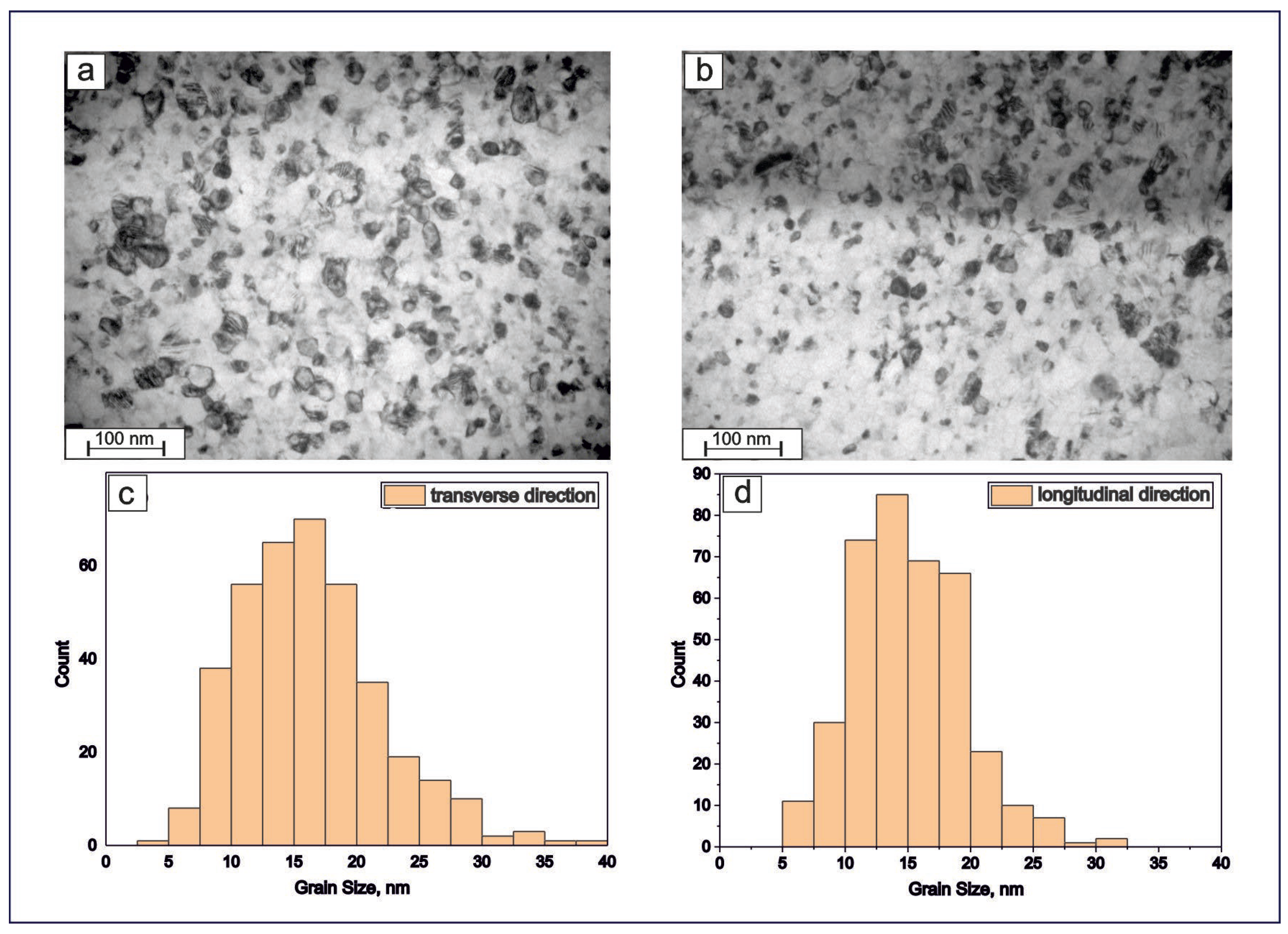
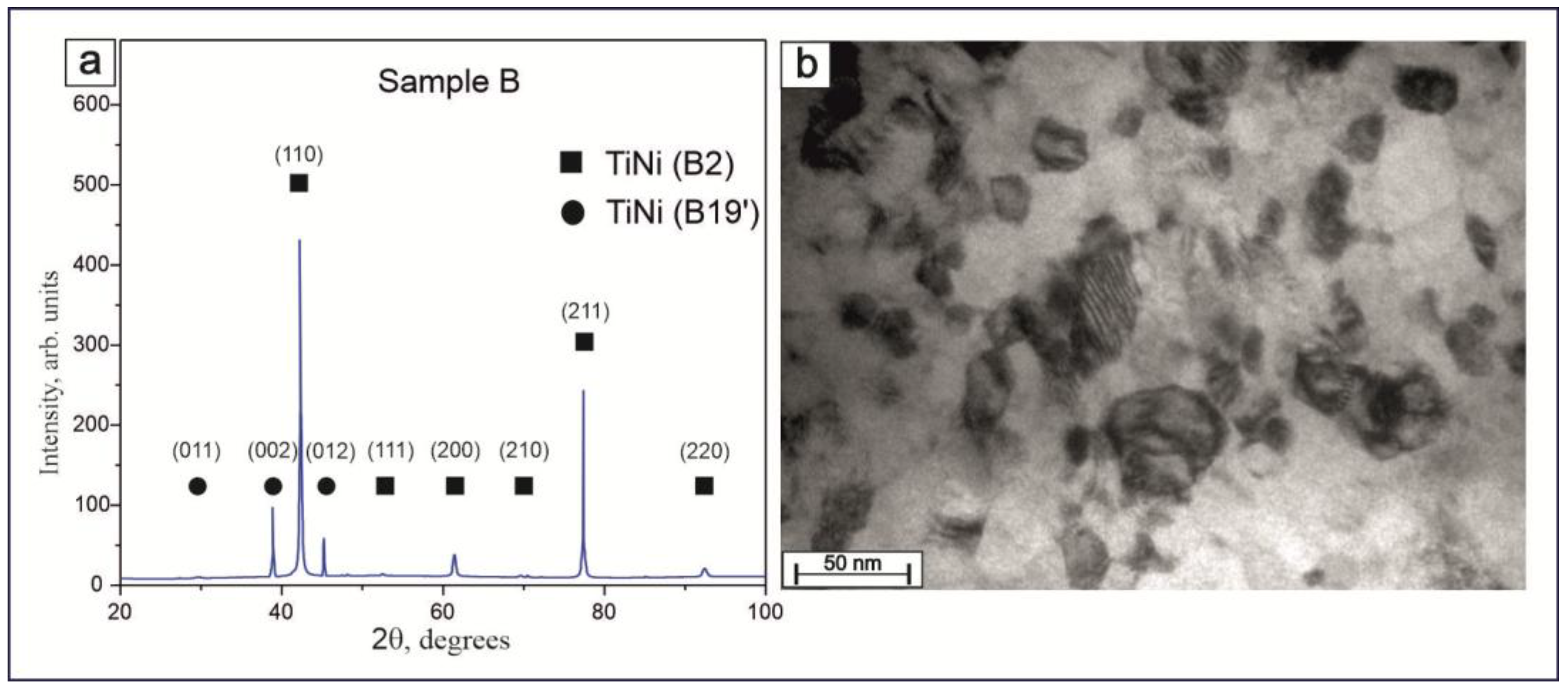
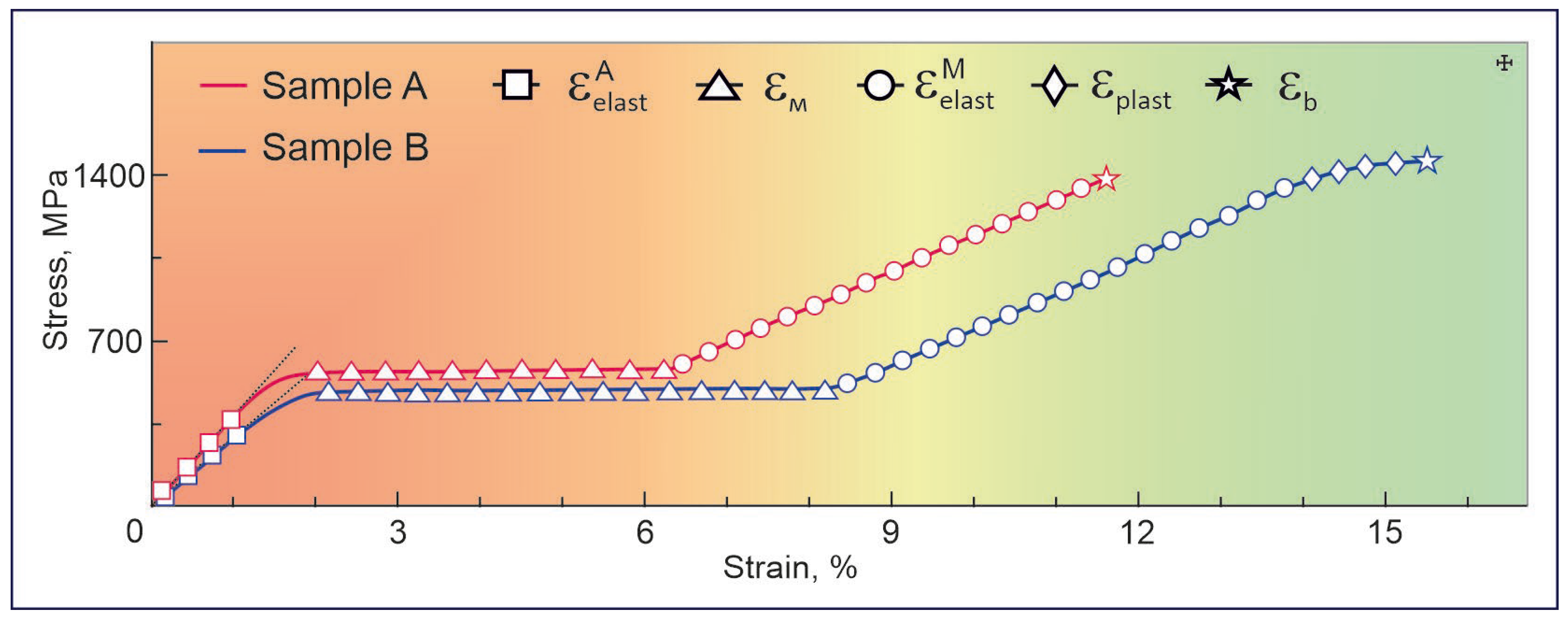
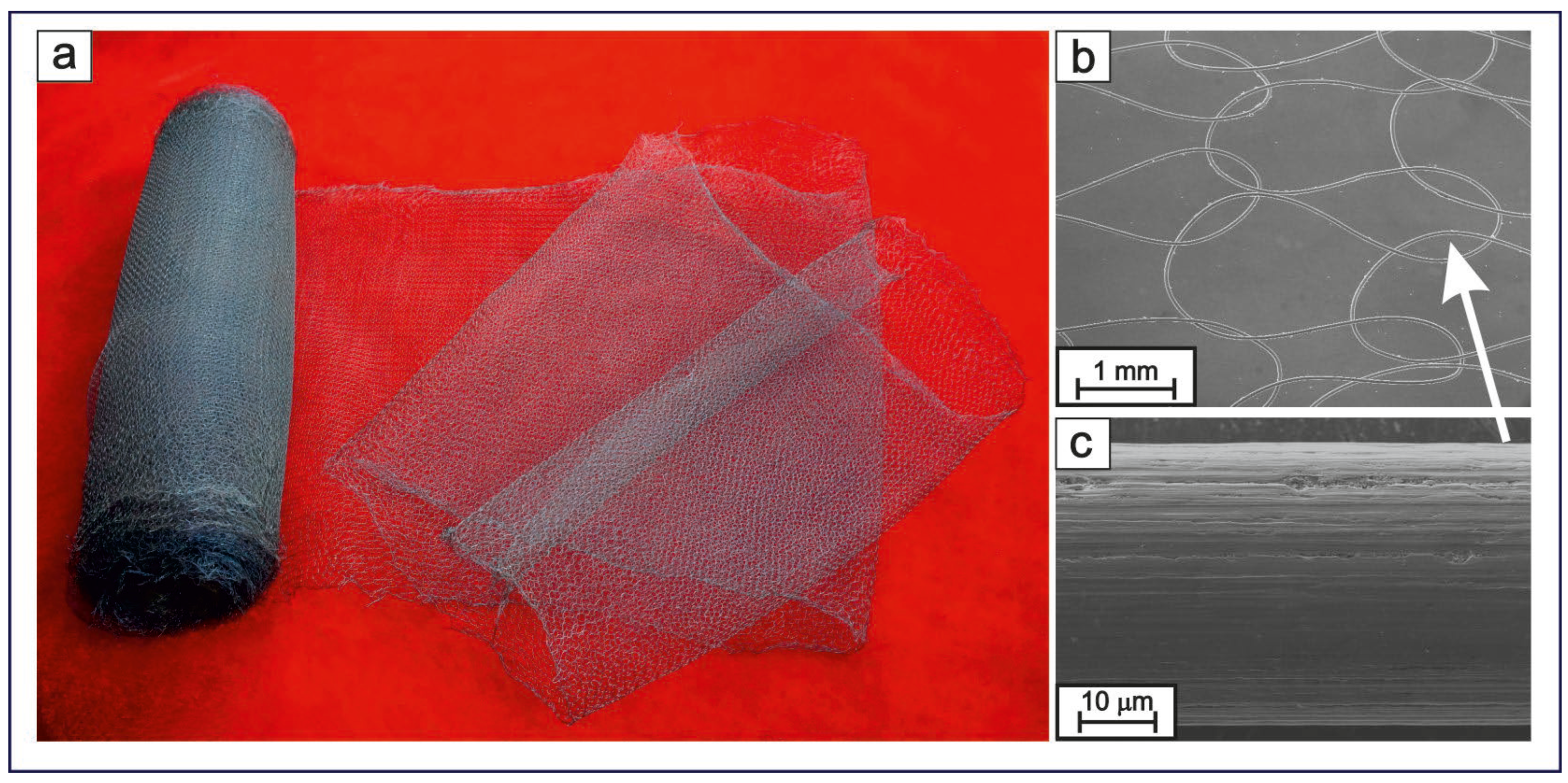
| Sample | Diameter (μm) | Acid Etching Steps (Times) | Cryogenic Treatment | Oxide Layer Thickness (μm) |
|---|---|---|---|---|
| Sample A | 40 | - | - | 1.5 |
| Sample B | 40 | 5 | Yes | 0.5 |
| Specimen TiNi Wire | Martensitic Shear Stress σm (MPa) | Tensile Strength σb (MPa) | Fracture Strain εb (%) | Martensitic Strain εm (%) | Elastic Strain of Martensitic εMelast (%) | Elastic Strain of Austenite εAelast (%) | Plastic Strain εplast (%) | Young’s Modulus E (GPa) |
|---|---|---|---|---|---|---|---|---|
| Sample A | 560.26 | 1381.04 | 11.55 | 4.39 | 5.23 | 1.15 | - | 37.6 |
| Sample B | 485.45 | 1502.55 | 15.54 | 6.15 | 5.36 | 1.26 | 1.65 | 27.1 |
Disclaimer/Publisher’s Note: The statements, opinions and data contained in all publications are solely those of the individual author(s) and contributor(s) and not of MDPI and/or the editor(s). MDPI and/or the editor(s) disclaim responsibility for any injury to people or property resulting from any ideas, methods, instructions or products referred to in the content. |
© 2025 by the authors. Licensee MDPI, Basel, Switzerland. This article is an open access article distributed under the terms and conditions of the Creative Commons Attribution (CC BY) license (https://creativecommons.org/licenses/by/4.0/).
Share and Cite
Artyukhova, N.V.; Shabalina, A.V.; Anikeev, S.G.; Uchida, H.-T.; Kulinich, S.A. Nanostructured TiNi Wires for Textile Implants: Optimization of Drawing Process by Means of Mechano-Chemical Treatment. Technologies 2025, 13, 80. https://doi.org/10.3390/technologies13020080
Artyukhova NV, Shabalina AV, Anikeev SG, Uchida H-T, Kulinich SA. Nanostructured TiNi Wires for Textile Implants: Optimization of Drawing Process by Means of Mechano-Chemical Treatment. Technologies. 2025; 13(2):80. https://doi.org/10.3390/technologies13020080
Chicago/Turabian StyleArtyukhova, Nadezhda V., Anastasiia V. Shabalina, Sergey G. Anikeev, Helmut-Takahiro Uchida, and Sergei A. Kulinich. 2025. "Nanostructured TiNi Wires for Textile Implants: Optimization of Drawing Process by Means of Mechano-Chemical Treatment" Technologies 13, no. 2: 80. https://doi.org/10.3390/technologies13020080
APA StyleArtyukhova, N. V., Shabalina, A. V., Anikeev, S. G., Uchida, H.-T., & Kulinich, S. A. (2025). Nanostructured TiNi Wires for Textile Implants: Optimization of Drawing Process by Means of Mechano-Chemical Treatment. Technologies, 13(2), 80. https://doi.org/10.3390/technologies13020080









